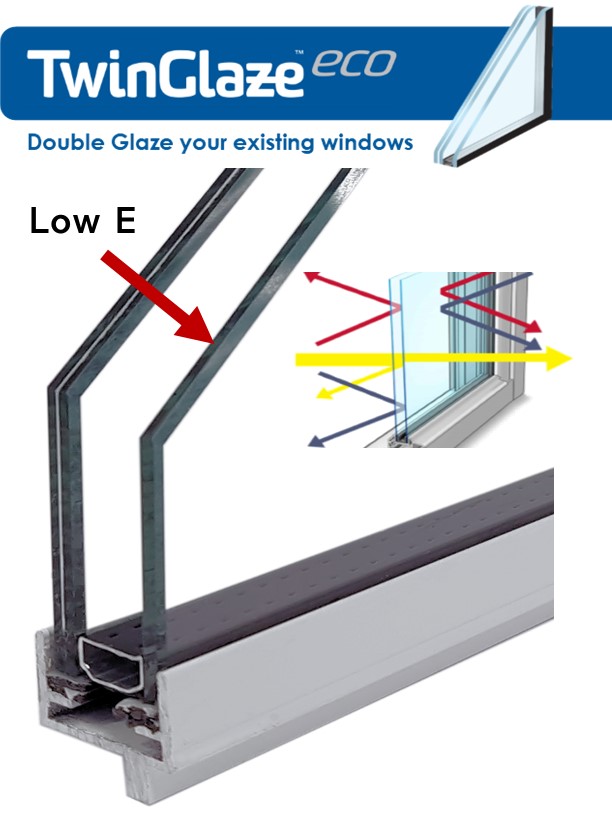All Categories
Featured
Table of Contents
Guide To Double Glazing – Functional And Energy Efficient in Singleton Western Australia
That window can transmit more solar heat in winter season than in summertime. A west-facing window on a summertime's afternoon has an angle of incidence from near 0 as much as 30 with a large reliable location of solar radiation. A north-facing window, in summer, has a high angle of incidence and a low reliable area of solar radiation, so can transmit less heat than a west-facing one.

You can quickly and quickly improve the thermal efficiency of your house by replacing your windows. There are thousands of types of glass and frames to choose from.
Sustainability in Belmont WA
Single glazing with clear glass is not very efficient when it comes to heat loss or gain. To enhance efficiency, you can use single glazing with a more energy-efficient type of glass such as low emissivity (low-e) glass.
Multiple layers can be put together with sealed cavities between each sheet of glass. IGUs typically provide much better energy efficiency than single glazing, due to the fact that they send less energy. Nevertheless, the energy performance of IGUs also depends upon: the residential or commercial properties of each layer of glass. Different glass types (for instance, clear and low-e glass) can be assembled in an IGU.
Why Double Glazing Keeps Your Home Cooler In Summer? in Maida Vale WA

IGU cavities can be filled with air or a more inert, low-conductivity gas such as argon the width of the cavity. Larger cavities offer lower (much better) U values, with 12mm normally accepted as the favored gap how well the cavity is sealed.
If argon is installed to the cavity in place of air, moisture is dependably omitted the level of desiccant (drying representative). The spacer (metal or polymer strip) that separates the glass layers includes a desiccant to absorb any moisture. Inadequate desiccant may trigger wetness to condense on the glass surface area in cold conditions, minimizing thermal performance.
Glass Selector - Custom Single & Double Glazed ... in Redcliffe WA
In reality, IGUs can provide better energy efficiency for all climates, specifically in heated and air-conditioned homes. Cross-section information of single, double and triple-glazing systems Low emissivity glass (frequently called low-e glass) lowers heat transfer. Low-e glass may be either high or low transmission: High transmission low-e glass has a coating that enables daylight from the sun to enter your home to achieve great solar heat gain, however decreases the quantity of the long wavelength infrared heat that can escape back through the window.
Low-e glass has either a pyrolytic finishing or a vacuum-deposited thin film metal coating. Pyrolytic finishings are durable and can be utilized for any glazing; vacuum-deposited coatings are soft and are only utilized within IGUs. Low-e finishes can substantially enhance both U worth and SHGC; nevertheless, they should be utilized correctly or they will either deteriorate or stop working to carry out as required.
What Are Double Glazed Windows? - Build in Glendalough WA
Low-e coatings can be utilized in mix with clear, toned or reflective glass. Low-e finishings on glazing can decrease heat transfer where needed Image: Department of Industry, Science, Energy and Resources Toned glass has colouring ingredients included during manufacture. It is readily available in various colours, usually bronze, grey, blue and green.
Table of Contents
Latest Posts
Does Double Glazing Keep Heat Out in South Fremantle Perth
Which Double Glazed Windows Are Best For Summer? in Kalamunda WA
Why Install Stunning Double Glazing Windows During Summer? in Hamilton Hill Perth
More
Latest Posts
Does Double Glazing Keep Heat Out in South Fremantle Perth
Which Double Glazed Windows Are Best For Summer? in Kalamunda WA
Why Install Stunning Double Glazing Windows During Summer? in Hamilton Hill Perth